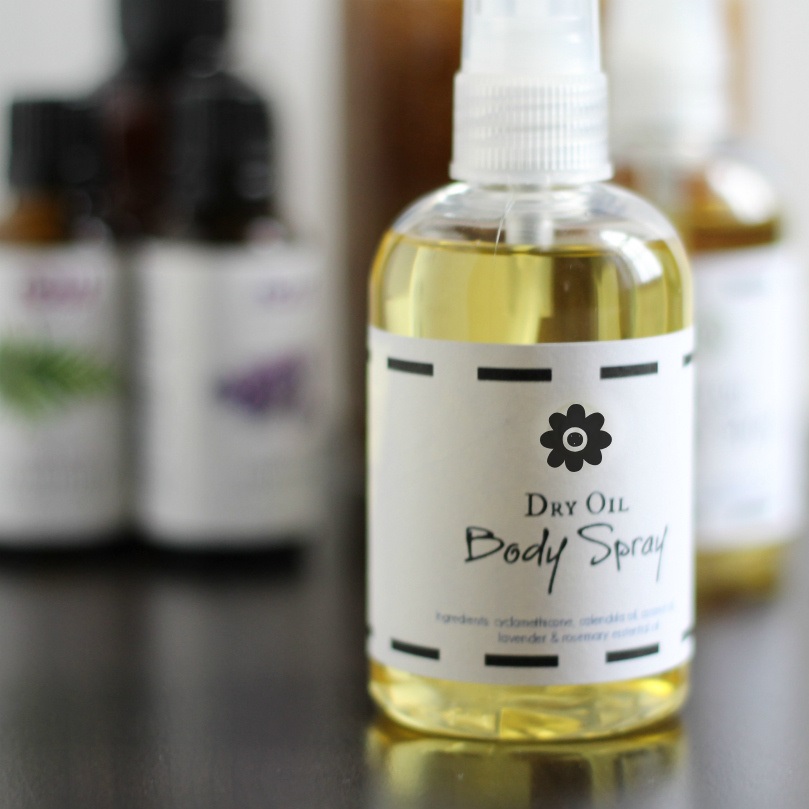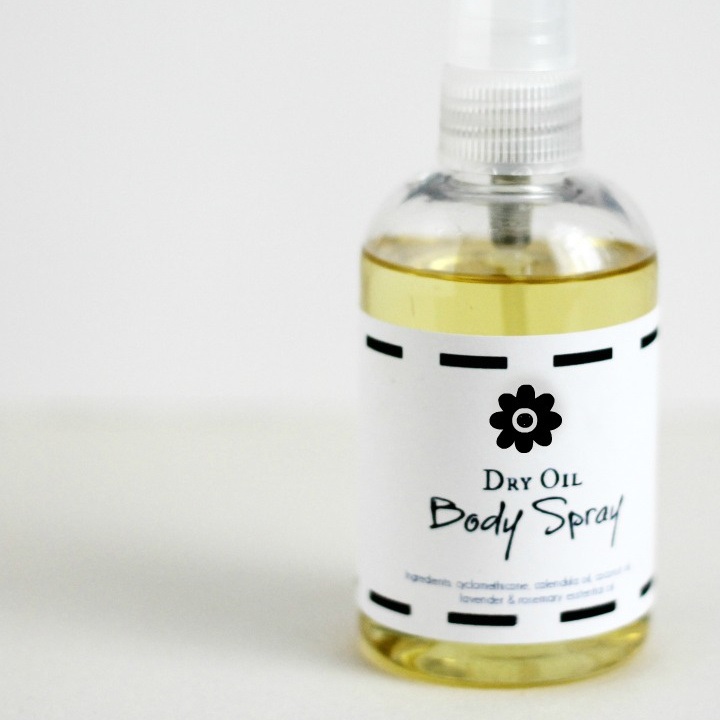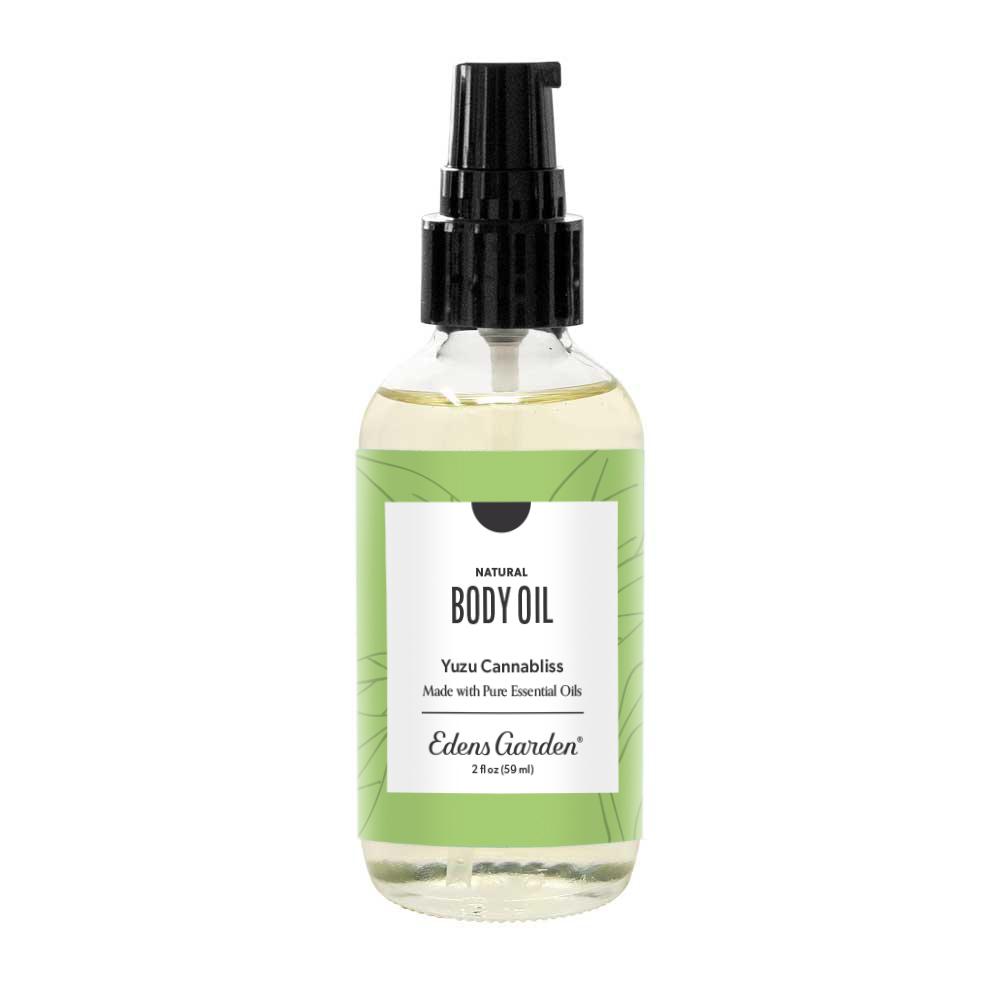The Benefits of Homemade Body Oils
Creating your own DIY body oil is rewarding and beneficial in several ways.
Cost Savings and Tailored Solutions
Making body oil at home saves money. You can customize it to fit your skin’s needs perfectly.
Natural and Chemical-Free Ingredients
Homemade body oils contain no harmful chemicals. You pick every ingredient to ensure they’re all-natural.
Sustainability and Eco-Friendliness
By crafting your body oil, you reduce waste. You also support a more sustainable lifestyle choice.
Crafting your DIY body oils comes with ample advantages, from financial savings to personalization. By choosing high-quality carrier and essential oils, you can create a product that meets your specific skin requirements without the additives found in many commercial products. The eco-friendly nature of this approach aligns well with a sustainable living philosophy, allowing you to reduce your carbon footprint. Whether you’re looking to moisturize, soothe, or simply indulge in a luxurious skin care routine, the benefits of homemade body oils are clear and impactful.

Essential Carrier Oils for Custom Blends
When crafting your DIY body oil, selecting the right carrier oil is crucial. Carrier oils serve as the base of your body oil. They provide key nutrients and ensure that your essential oils dilute properly. Using various carrier oils, you can create a blend that caters to different skin types and conditions.
Sweet Almond Oil: Nourishment for Dry Skin
Sweet almond oil is perfect for dry skin. It is rich in vitamin E and helps to keep skin soft and supple. With its light texture, it penetrates the skin easily without leaving a heavy feel.
Jojoba Oil: Balance for Oily Skin
Jojoba oil works well for oily skin. It balances oil production because it is similar to the skin’s natural sebum. Plus, its anti-inflammatory properties help to calm skin flare-ups.
Coconut Oil: Intense Hydration for Sensitive Skin
Coconut oil offers deep hydration for sensitive skin. Its high fatty acid content helps to maintain moisture and soothe irritation. However, use it sparingly as it can be rich for some skin types.
Grapeseed Oil: Lightweight Care for Acne-Prone Skin
Grapeseed oil is ideal for acne-prone skin. It’s light and absorbs quickly, reducing the chance of clogged pores. Its antioxidant properties also aid in skin repair.
Each carrier oil has unique properties that can benefit your skin. Sweet almond oil nourishes, jojoba oil balances, coconut oil hydrates deeply, and grapeseed oil offers gentle care. Mix and match these to create your own hydrating body oil blend and enjoy the natural benefits they offer.
Selecting Essential Oils for Aromatic and Therapeutic Qualities
When making DIY body oil, essential oils are key for adding scent and skin benefits.
Lavender: Soothing and Relaxing
Use lavender oil to calm your mind and soothe your skin.
Tea Tree: Antibacterial for Clear Skin
Add tea tree oil for its antibacterial properties to help keep skin clear.
Peppermint: Cooling Sensation for Refreshment
Peppermint oil brings a cool, refreshing sensation to your body oil blend.
Ylang Ylang: Stress Relief and Skin Hydration
Incorporate ylang ylang for its stress-relieving aroma and skin-hydrating effects.
Creating Your Personalized Body Oil
Crafting your own body oil blend at home is easy and nourishing for the skin.
Step-by-Step Blending Instructions
To make your DIY body oil, start by choosing your carrier oil, like coconut or jojoba oil. Add it to a clean bottle. Next, pick your favorite essential oils, such as lavender or peppermint, for scent and benefits. For every tablespoon of carrier oil, add a few drops of essential oil. Mix well. Your body oil is now ready to use.
Tailoring Your Oil with Additive Ingredients
Enhance your body oil by adding vitamin E or aloe vera gel for extra skin healing. Consider using rosehip or calendula oil for added antioxidants and skin regeneration. Just add a small amount to your blend for customized care.
Tips for Bottle Selection and Storage
Choose a dark glass bottle to store your body oil. This protects it from light, which can spoil the oil. Ensure the bottle is clean and has a tight lid. Keep the oil in a cool, dark place to make it last longer.
Best Practices for Using Your DIY Body Oil
Using DIY body oil properly ensures the best results for your skin.
Conducting a Patch Test Before Use
Before using your new body oil, do a small patch test. Apply a tiny amount to your inner wrist. Wait 24 hours. Check for any reaction. If your skin stays clear, you’re good to go.
Applying After a Shower for Maximum Absorption
For best results, use your body oil right after a shower. Pat your skin dry lightly. Apply the oil while your skin is still damp. This helps it soak in better.
Adjusting Quantities for Desired Consistency and Scent
Your DIY body oil can be made just right for you. Start with small amounts of essential oils. You can add more for a stronger scent. If the oil feels too heavy, use less carrier oil next time. Too light? Add more. You control the texture and aroma.
Advanced Customization Options
Taking your DIY body oil to the next level involves some creative touches. You can add more personalization with some advanced techniques.
Infusing Oils with Herbs for Added Benefits
Herb-infused oils tap into the power of plants for extra skin benefits. Start by choosing herbs like chamomile for soothing or rosemary for its antioxidants. Heat your carrier oil gently and add the herbs. Let the mixture sit for a few weeks. Strain the herbs out and enjoy a potent, herbal body oil.
Crafting Seasonal Variations and Gift Batches
Seasons change, and so can your body oil. In summer, go for lighter oils like grapeseed with citrus scents. For winter, choose richer oils like avocado and add warming scents like cinnamon. These make thoughtful, personalized gifts, too. Just pour your oil into small bottles and label them for friends and family.
Environmental Impact and Conscious Consumption
When you make DIY body oil, you make a choice. You choose to care for the environment.
The Importance of Using Organic and Ethically Sourced Ingredients
Using organic ingredients means fewer chemicals. This is better for our skin and the planet. Ethically sourced ingredients ensure fair conditions for workers. They support local communities. These choices help us live in harmony with the earth. They show our commitment to future generations. Choose organic and fair-trade oils for your DIY body oil. It makes a real difference.


